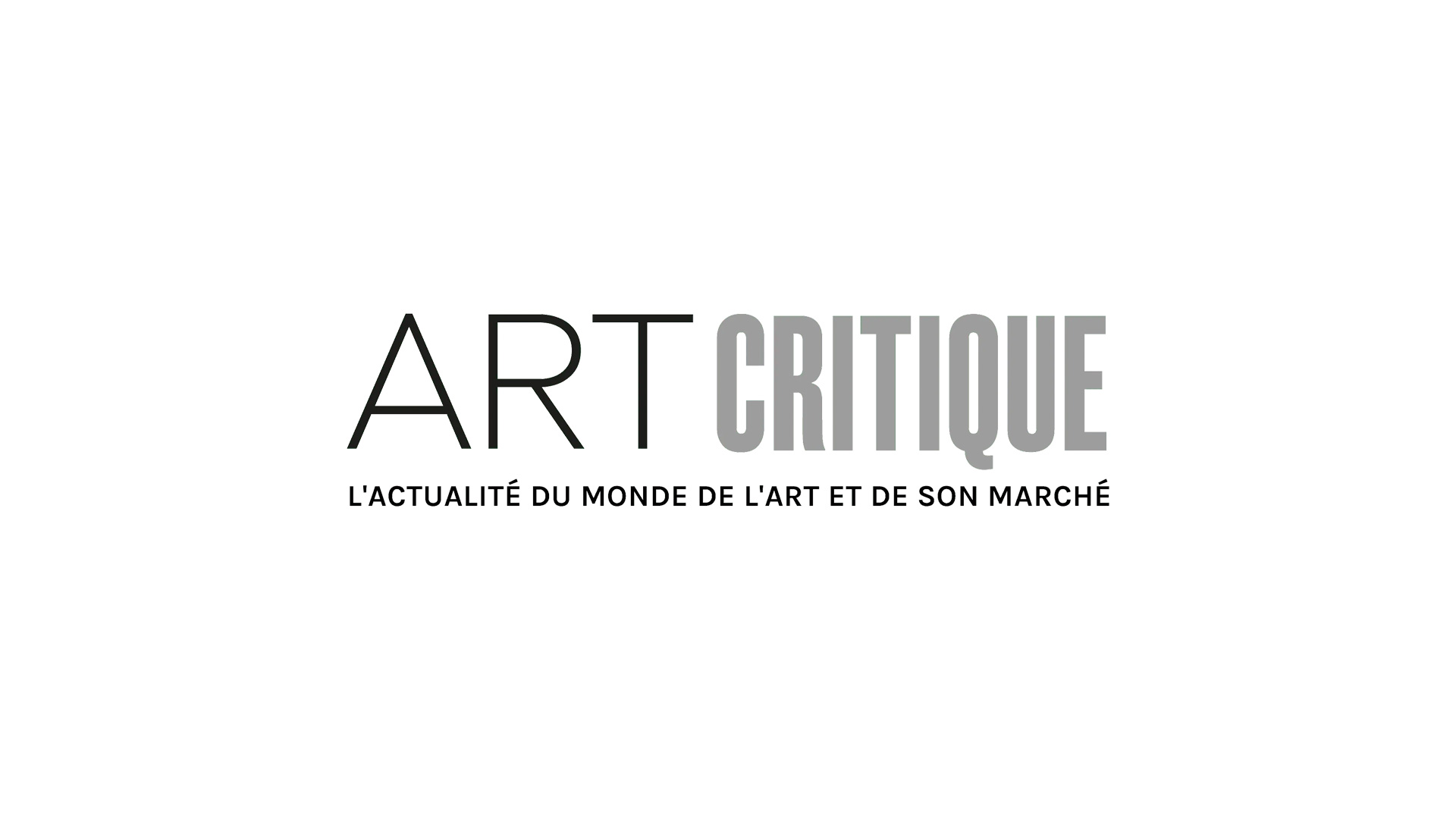Sometimes, to get the feel for an artist’s progression as they develop through their career, you don’t need to look at hundreds of works. Sometimes, it only takes a few as is the case of one of Tate Britain’s newest exhibitions of works by British artist John Hoyland.
Six works by Hoyland (1934-2011) went on view at the museum on August 26th as part of Tate Britain’s ‘Spotlights’ series. The works represent the progression of Hoyland’s techniques offering visitors a unique look at his oeuvre in a graduated fashion. Curated by Andrew Wilson, Tate Britain’s senior curator of Modern and Contemporary art, the artworks date from the late 1960s through 2010.
The works on display are each part of Tate Britain’s 42-strong collection of works by Hoyland who was lauded as one of Britain’s foremost Abstract Expressionists of the 20th century. By the end of his career and life, Hoyland was known for a specific, large-scale style painting. Often vibrant and dramatic, he ‘constantly pushed the boundaries of painting with his bold use of colour, inventive forms and ever-evolving sense of what an abstract painting could be.’ With Tate Britain’s small exhibition, though, visitors experience a different side to Hoyland as they trace the development of his work as he grew as an artist.

During his career, Hoyland was influenced by his American AbEx counterparts during the 1950s and 1960s. He became acquainted with a number of them, including Barnett Newman, Mark Rothko, Helen Frankenthaler, and Robert Motherwell, the latter of which he would be lifelong friends with. Despite being one of Britain’s best-known AbEx artists, Hoyland wasn’t particularly fond of the term abstraction, but he found more freedom in non-figurative works in which he saw ‘the potential for the most advance depth of feeling and meaning.’
Liking the semantics of the movements associated with him or not, Hoyland found critical acclaim for his work. Between 1960 and 1961, just after his final-year diploma at the Royal Academy Schools, Hoyland exhibited with the Situation group and then in 1964 with the New Generation artists at London’s Whitechapel Gallery where he would receive his first solo show just a few years later. In 1969, Hoyland represented Great Britain alongside sculptor Anthony Caro at the São Paulo Biennale in Brazil. After exhibiting at a number of other galleries, like the Serpentine and Tate St Ives, Hoyland received the John Moores Painting Prize in 1982, one of a number of prestigious awards he received. In 1999, he was also appointed as professor of painting at the Royal Academy Schools. Hoyland’s popularity has persisted even after his death in 2011. Just a few years ago, Hoyland’s works were selected by artist Damien Hirst to be the first exhibition, which was titled ‘Power Stations’, at his Newport Street Gallery.
Of the artist, Hirst remarked: ‘In my eyes, John Hoyland was an artist who was never afraid to push the boundaries. His paintings always feel like a massive celebration of life to me.’ Now, visitors to Tate Britain can also encounter Hoyland’s works, seeing how he grew throughout his career through a pared-down selection of works that don’t lack any of the life Hirst mentioned. As Hoyland once said, ‘paintings are there to be experienced, they are events,’ and these six are no different.
Seminal paintings by John Hoyland are currently on view through October 31st at Tate Britain.





